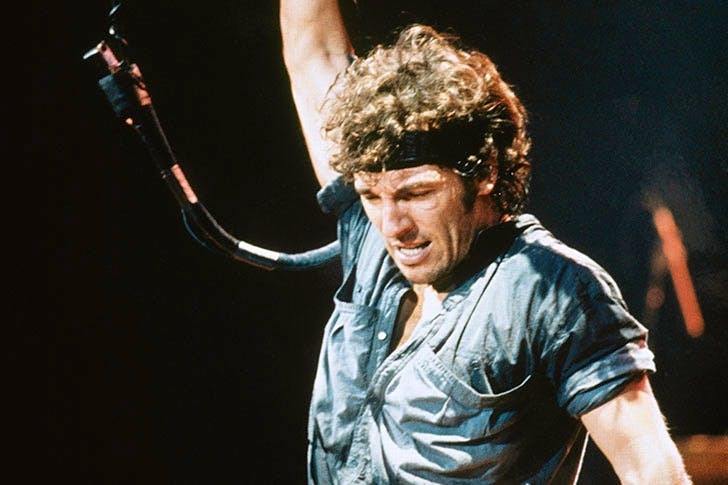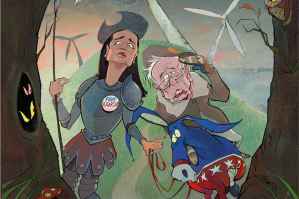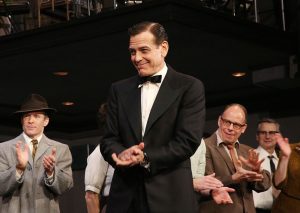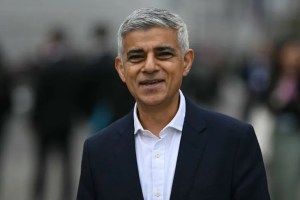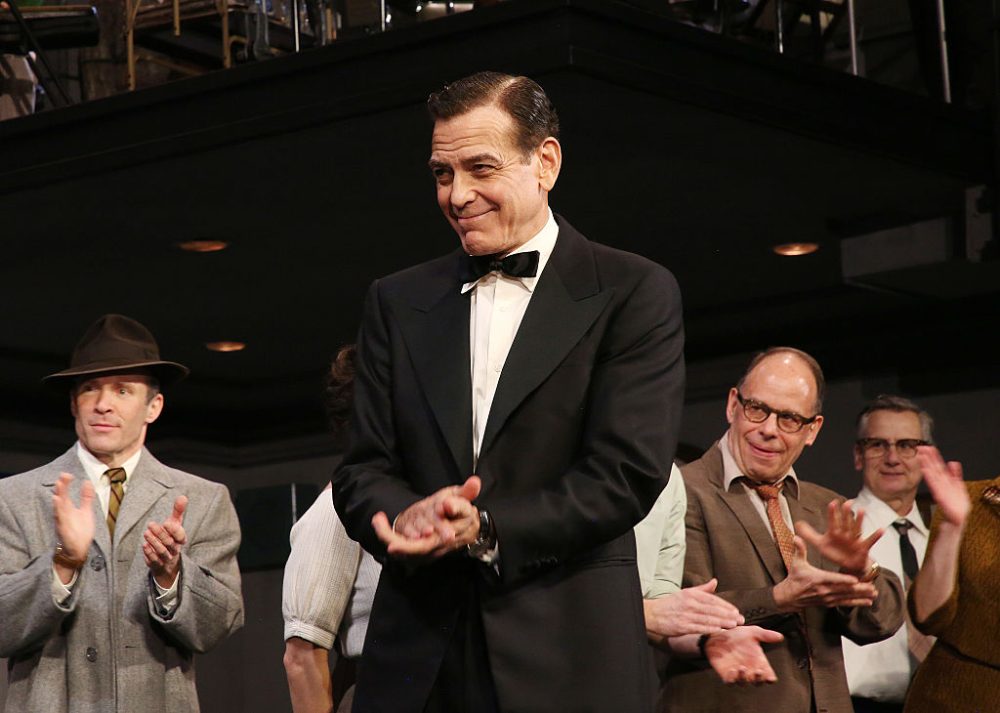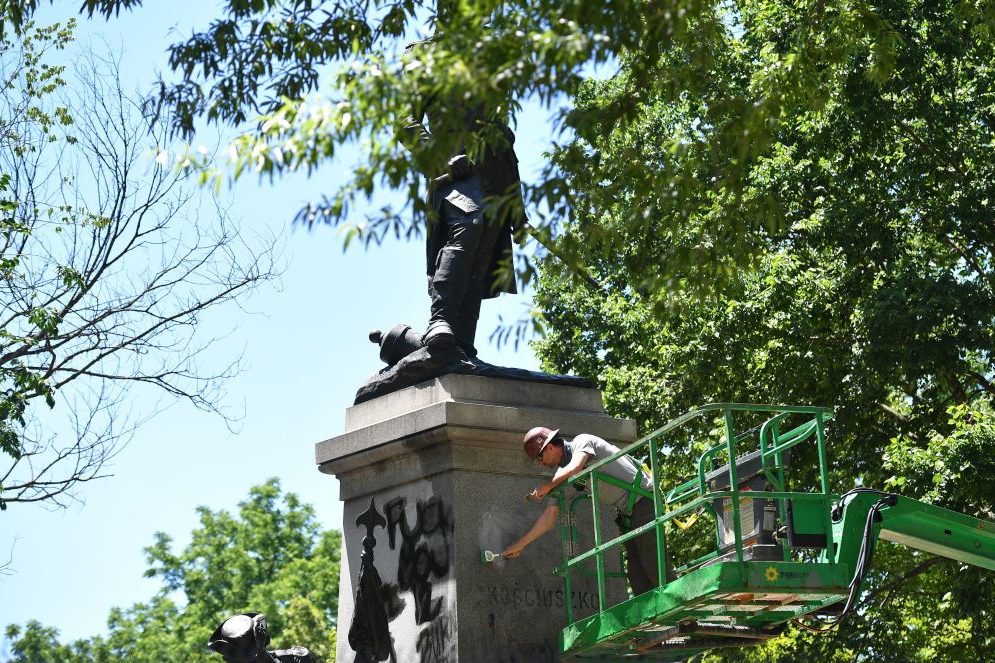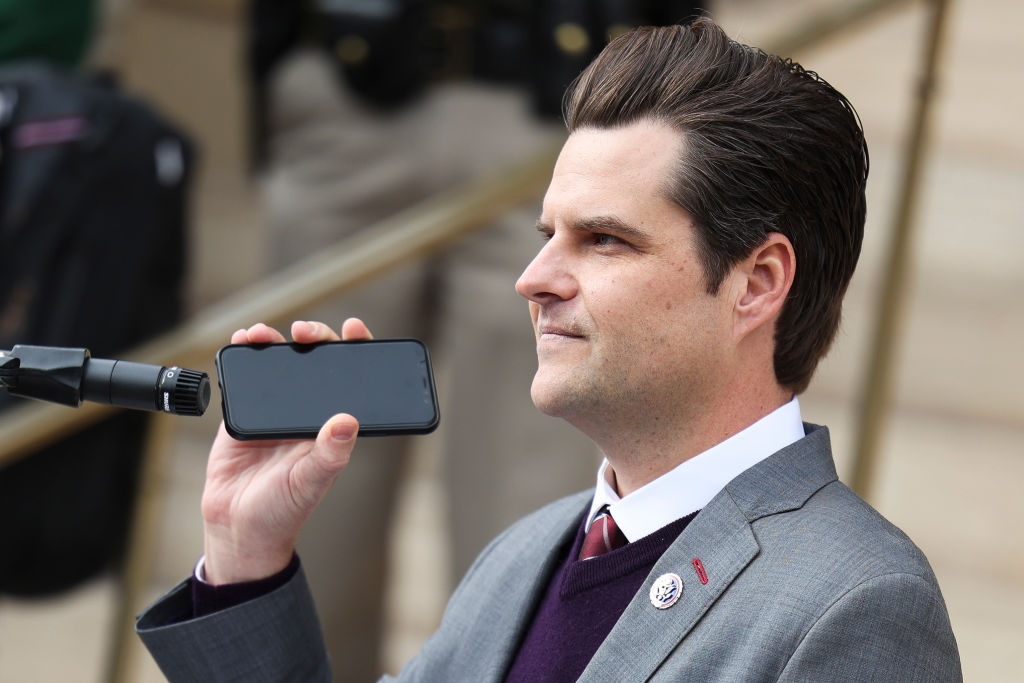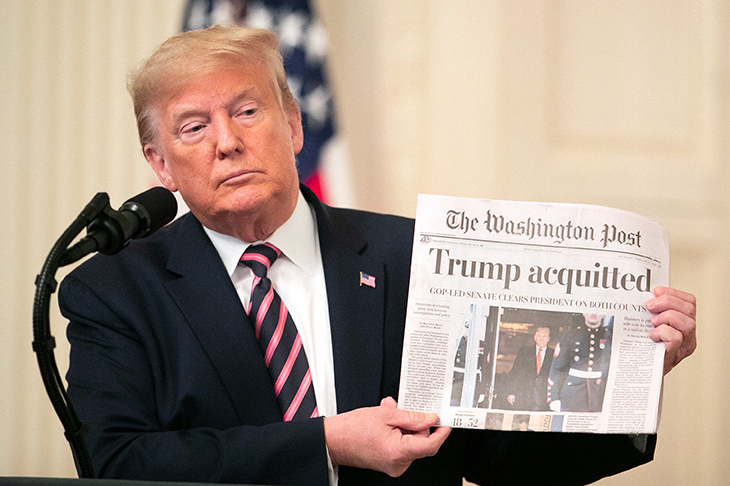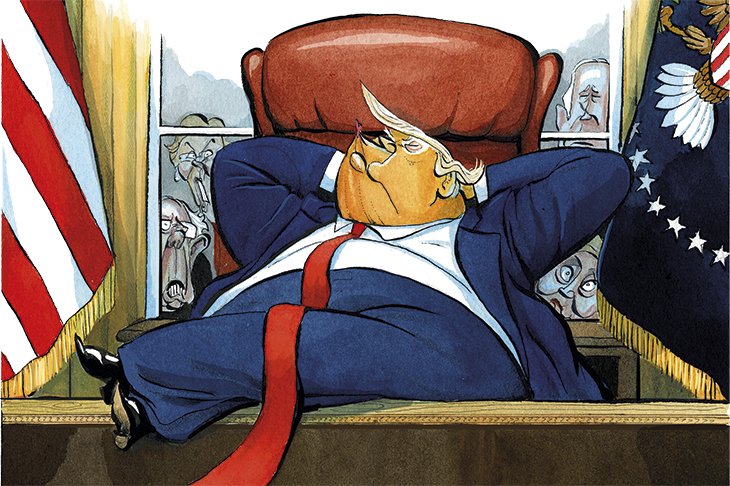Bruce Springsteen promised that he was ‘Born To Run’, and now, like Judy Garland and Ethel Merman before him, he is running on Broadway—and running, and running. From last October to early February, the workingman’s tribune performed five nights a week at the Walter Kerr Theatre, his tools a piano, an acoustic guitar, and a harmonica in a daft neck brace. Today, he unpacks his faux-garagiste stage wear for another sixteen-week run.
‘I’ve had a long writing life,’ Springsteen ruminated in the New York Times, ‘and over those years I’ve set out a certain set of values. And the best you could do at the particular moment was just to find a show that expressed those things as best I could.’
Luckily for Springsteen, his values and expression happen to have tracked those of the music business. In the early Seventies, when the record labels were looking for the next Bob Dylan, up popped acoustic Bruce with wordy tunes like ‘Blinded by the Light’. Later in the Seventies, when the smart money saw Punk and New Wave coming, out came the garage band anger of Darkness on the Edge of Town (1978).
In the Eighties, Springsteen exemplified rock’s midlife crisis, segueing from the tinny production and pack-‘em-in stadium shows of Born in the USA (1984) to a drooling senescence of synths, drum machines and self-pitying divorce ballads. When the receipts rose, the E St Band lost their slice of the take. The Boss put his band of brothers on fixed contracts.
As rock music decays with the Boomers who created it, Springsteen has followed the money of the nostalgia business: mock-authentic acoustic tours, and tribute albums to mediocrities like Pete Seeger. Past glories are resuscitated, even as the E Streeters pass beyond resuscitation. When his foil Clarence Clemons, the Uncle Tom of rhythm & blues sax, died, Springsteen recruited Clemons’ callow and uncharismatic nephew Jake—a pastiche of old-time union nepotism.
As they say in show business, ‘No business, no show.’ Springsteen’s smart practice is, however, increasingly remote from the realities of American life. Admittedly, rock’n’roll is a dreamer’s music, and realism should not be mistaken for reality. The lyrics to Springsteen’s 1978 song ‘Racing In The Streets’ are a petrolhead’s dream. But the fact that the song’s protagonist has ‘a sixty-nine Chevy with a 396, / Fuelie heads and a Hurst on the floor’ does not mean that the song’s author knows how to get an old Volvo past its emissions test.
Springsteen has tried to walk the line between his loyalties of class and commerce. In 1984, he posed in front of the Stars and Stripes for the album cover of Born In The USA, only to take offence when Ronald Reagan added the song to his election rallies. To his credit, Springsteen and his management tried to ensure that tickets for the Broadway shows have gone to fans, not scalpers. Still, the touts are selling tickets for over $2,000 apiece.
While Springsteen contended with the contradictions of success, America’s white working and middle classes tumbled into unemployment and opioid addiction. Springsteen, once the laureate of the thwarted desires and escapist leisure of ‘the working life’, has struggled to narrate its decline. Instead, as album titles like Tom Joad’s Dream suggest, he has retreated into FDR-era fantasy, mixing sub-Steinbeck acoustic plaints about the lot of undocumented fruit pickers with bombastic rockers like ‘We Take Care Of Our Own’, a queasily populist mix of bitterness and patriotism.
‘There’s nothing ideological about it,’ Springsteen says of his acoustic run. But the origins of Springsteen on Broadway could not be more partisan. In the last days of the Obama presidency, when nearly 70% of Americans thought the country was ‘heading in the wrong direction’, Springsteen gave a private show to some two hundred Obama staffers in the Rose Room of the White House. Springsteen enjoyed that evening so much that he decided to share it with the rest the country. He’s like a bandleader wanting to record his orchestra because they went down so well on the Titanic.
Alice Cooper has said that asking a rock star about politics is like ‘asking the garbage man’ about ‘nuclear physics’. Still, as Springsteen limbered up for the Great White Way, he offered belated thoughts about the decline of American communities. ‘The consequences of de-industrialization in the Seventies and Eighties,’ he told the Times, ‘were never really addressed by either Republicans or Democrats.’
Not that this stopped Bruce from endorsing Bill Clinton, the architect of the Great Offshoring. Or Al Gore and John Kerry, who promised to continue it, while placing further environmental restrictions on American industry. In 2012, Bruce even campaigned with Barack Obama, whose Trans-Pacific Partnership would have offshored the last jobs in working-class America.
Springsteen is no ordinary talent, and no ordinary person, even if he insists on dressing down and speaking dumb. The Democratic Party is no longer the party of the ordinary man and woman, either. In July 2016, the IPSOS ‘Affluent Barometer’ found that among those earning over $250,000 or more per annum—the top 5% of households—53% planned to vote for Hillary Clinton, and only 28% for Donald Trump. In the 2016 elections, Hillary Clinton won in only 489 of the America’s 3,141 counties. The Brookings Institute calculates that these counties, less than a sixth of the total, produce 64% of America’s GDP. The Boss is the in-house entertainer of the boss class.
‘There’s nothing Trump-centric about what I’m doing,’ Springsteen insists. This is all too true. For Bruce’s people, the old white Democratic base, are now Donald’s people, just as they became Ronald’s people in the Eighties. When Trump promised to take care of his own, he won the Rust Belt states. But his margins were tiny, no bigger than Little Steven: Wisconsin by 22,000, Michigan by 11,000.
Despite his hair implants and horse farm, Springsteen retains a moral authority that the pro-Democrat chorus in Hollywood lacks. If Bruce had twanged his acoustic when Trump was in the Rust Belt, he might have swung the election for Hillary Clinton. Instead, Springsteen, like Clinton, stayed away.
In November 2016, plugging his autobiography in a Vanity Fair profile, Springsteen dodged the subject, saying that a ‘an artist has only so many ‘bullets’, credibility-wise, to shoot’, and that he was saving his ammunition for whenthings felt ‘very drastic’. By the time he endorsed Hillary Clinton on the night before the election, it was too late. Like the Democratic leadership and most of the media, Springsteen was out of touch with his base, the ordinary Americans. In this much, he’s still The Boss.



